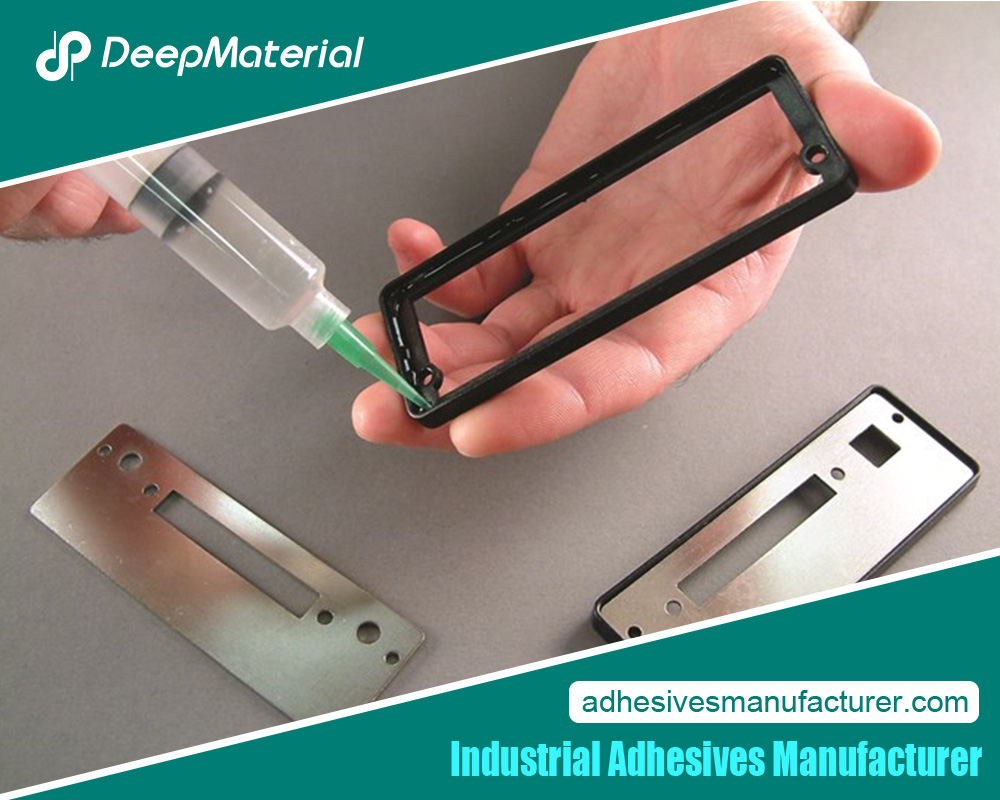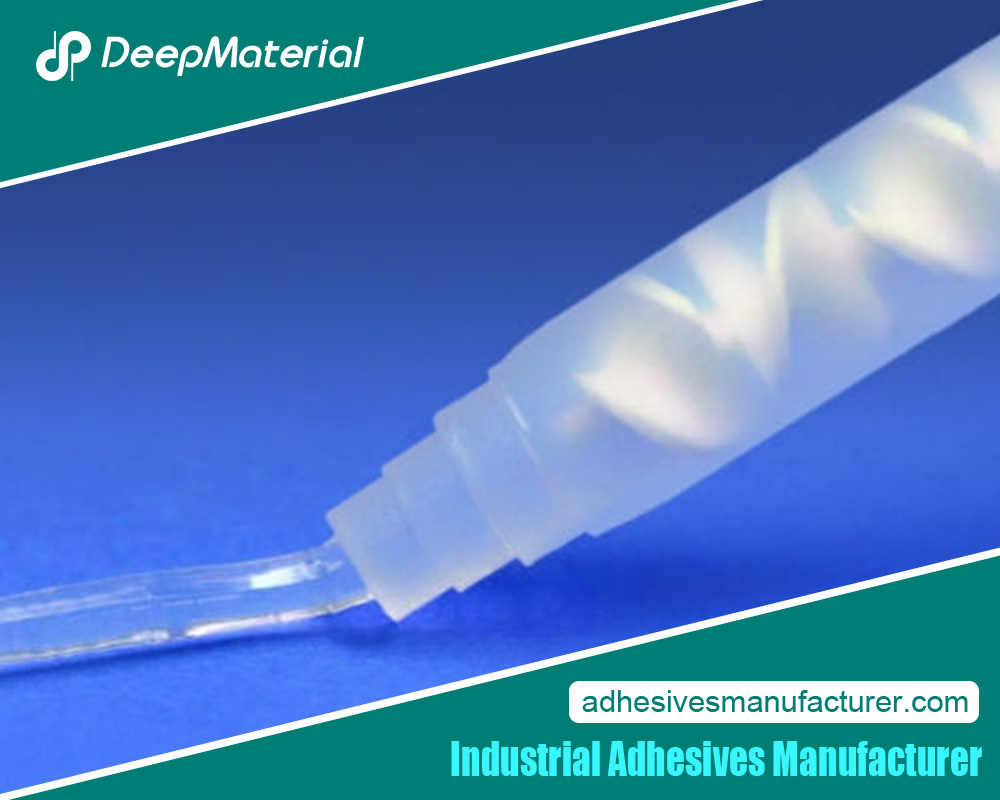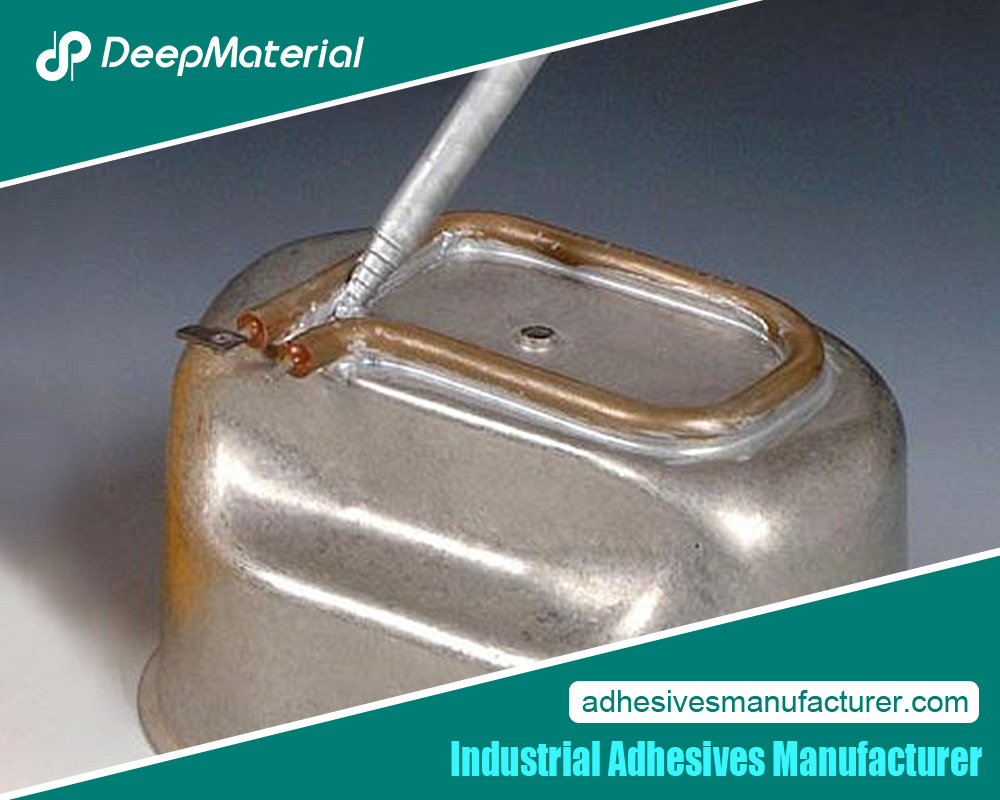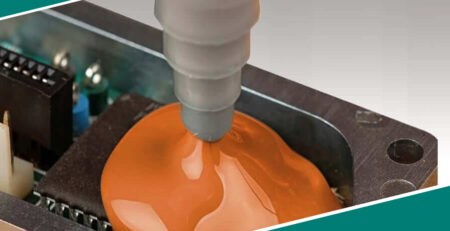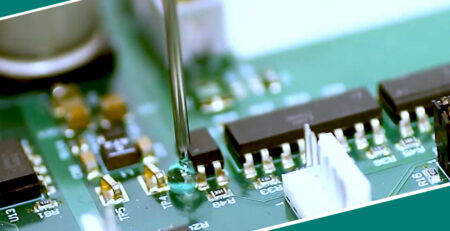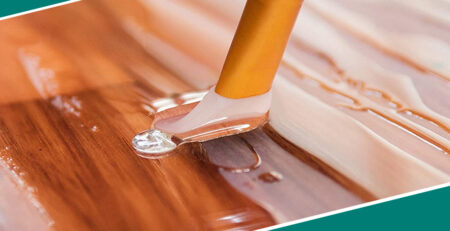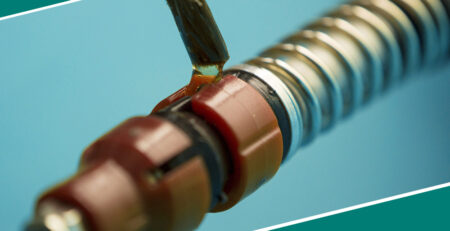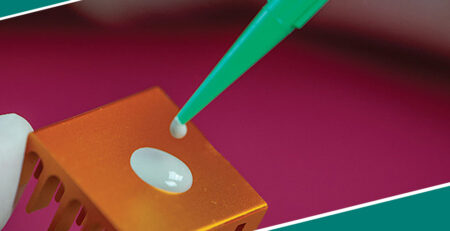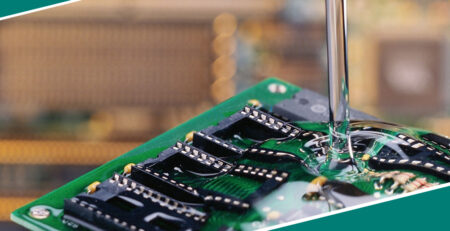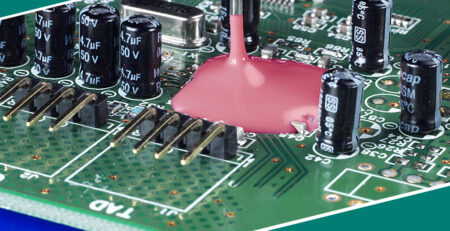The Evolution and Impact of Industrial Bonding Adhesives: A Comprehensive Guide
The Evolution and Impact of Industrial Bonding Adhesives: A Comprehensive Guide
Strong and reliable adhesives are essential in manufacturing and construction. As industries evolve, the demand for high-performance bonding solutions has surged, leading to a flourishing market for industrial bonding adhesives. This article explores the key features, applications, and advancements in the adhesives industry, highlighting the role of industrial bonding adhesives manufacturers in driving innovation and meeting diverse industry needs.
Understanding Industrial Bonding Adhesives
Industrial bonding adhesives are specialized formulations that join materials ranging from metals and plastics to composites and wood. Unlike traditional adhesives, these industrial solutions offer enhanced strength, durability, and resistance to environmental factors.
Critical Characteristics of Industrial Bonding Adhesives
- Strength and Durability:These adhesives are engineered to provide robust bonding capabilities, essential for applications that require long-lasting performance.
- Versatility:They can bond various substrates, including dissimilar materials, making them suitable for diverse applications.
- Resistance to Environmental Factors:Many industrial adhesives are formulated to withstand extreme temperatures, humidity, chemicals, and other environmental stresses.
- Curing Mechanisms: Depending on the application, these adhesives may cure through heat, moisture, or chemical reactions.
Types of Industrial Bonding Adhesives
Industrial bonding adhesives can be categorized into several types, each tailored for specific applications and materials.
Epoxy Adhesives
Epoxy adhesives are renowned for their exceptional strength and resistance to chemicals and heat. They contain two components resin and hardener that must be mixed before application.
- Applications: Used in automotive, aerospace, and construction industries.
- Benefits: High bond strength, excellent gap-filling properties, and long service life.
Polyurethane Adhesives
Polyurethane adhesives offer flexibility and durability, making them ideal for applications that experience movement or stress.
- Applications: Commonly used in woodworking, automotive, and flooring industries.
- Benefits:Good resistance to moisture, UV light, and chemicals.
Acrylic Adhesives
Acrylic adhesives provide rapid curing and are often used for bonding plastics and metals.
- Applications: Suitable for signage, automotive, and electronic applications.
- Benefits: Excellent clarity, impact resistance, and weatherability.
Silicone Adhesives
Silicone adhesives are known for their high-temperature resistance and flexibility, making them ideal for applications requiring a durable seal.
- Applications:Widely used in the automotive and electronics sectors.
- Benefits:Outstanding thermal stability and moisture resistance.
Applications of Industrial Bonding Adhesives
The versatility of industrial bonding adhesives makes them invaluable across various sectors. Below are some critical applications:
Automotive Industry
- Adhesives are used in the automotive sector to assemble body parts, attach glass, and bond interior components. The shift towards lightweight materials has increased the reliance on adhesives to reduce vehicle weight while maintaining structural integrity.
Aerospace Industry
- In aerospace, aircraft performance and safety heavily depend on the reliability of bonding solutions. Industrial bonding adhesives assemble aircraft components and ensure they withstand extreme conditions.
Construction Industry
- Adhesives are crucial in the construction of flooring, roofing, and wall assemblies. They offer solutions for bonding various materials and improving energy efficiency and structural integrity.
Electronics Industry
- The electronics industry uses industrial adhesives to assemble components and provide insulation. These adhesives help protect sensitive electronic parts from moisture and heat.
Woodworking Industry
- Adhesives are used in woodworking for laminating, veneering, and assembling furniture. They provide strong bonds that enhance the durability of wooden products.
Choosing the Right Industrial Bonding Adhesive
Selecting the appropriate adhesive is critical for ensuring optimal performance in any application. Consider the following factors:
Material Compatibility
- Ensure the adhesive is suitable for the materials being bonded.
- Check for compatibility with dissimilar materials.
Environmental Conditions
- Assess the environmental conditions the adhesive will face, such as temperature fluctuations, moisture, and chemical exposure.
Curing Time
- Evaluate the required curing time for the application, balancing speed with performance.
Bond Strength Requirements
- Determine the necessary bond strength based on the application’s demands.
Regulatory Compliance
- Ensure the adhesive meets industry regulations and standards relevant to your application.
Innovations in Industrial Bonding Adhesives
Industrial bonding adhesives manufacturers are continuously innovating to develop advanced formulations that meet the ever-changing demands of various industries. Some notable trends include:
Eco-Friendly Adhesives
- With increasing environmental awareness, manufacturers are developing bio-based and solvent-free adhesives that minimize environmental impact while maintaining performance.
Smart Adhesives
- Innovative adhesives with self-healing properties or those that change color upon failure are being explored for critical monitoring and maintenance applications.
Improved Curing Techniques
- Advancements in curing technologies, such as ultraviolet (UV) curing, offer faster processing times and enhanced bonding performance.
Automation and Application Technologies
- The rise of automation in manufacturing processes has led to the development of precise application techniques, which ensure optimal adhesive placement and reduce waste.
The Role of Industrial Bonding Adhesives Manufacturers
Industrial bonding adhesives manufacturers play a pivotal role in advancing adhesive technology. They are responsible for:
Research and Development
- Investing in R&D to create innovative products that meet the specific needs of different industries.
Quality Control
- Ensuring that all adhesives produced meet rigorous quality standards and specifications.
Customer Support
- Providing technical support and guidance to help customers select and apply the proper adhesives for their projects.
Sustainability Practices
- Implementing environmentally friendly manufacturing practices and developing eco-conscious products to meet market demands.
The Future of Industrial Bonding Adhesives
As industries continue to evolve, the future of industrial bonding adhesives looks promising, driven by technological advancements and changing market demands. This section explores emerging trends and potential developments that could shape the landscape of industrial adhesives in the coming years.
Increased Demand for Lightweight Solutions
With a growing emphasis on energy efficiency and sustainability, industries such as automotive and aerospace are increasingly seeking lightweight materials. Adhesives are critical in enabling lighter composites and metals, offering solutions that maintain strength without adding weight.
Advantages:
- Enhanced fuel efficiency in vehicles.
- Reduced manufacturing costs due to lower material use.
- Improved performance in applications requiring high strength-to-weight ratios.
Sustainability Initiatives
The shift toward eco-friendly practices is transforming the adhesives market. Manufacturers are investing in developing sustainable adhesives that minimize environmental impact while meeting performance standards.
Trends:
- Development of bio-based adhesives derived from renewable resources.
- Innovations in recyclable and biodegradable adhesive products.
- Reduced volatile organic compounds (VOCs) to promote healthier indoor environments.
Advances in Smart Adhesives
The rise of intelligent technologies is influencing adhesive development. Innovative adhesives equipped with sensors or self-healing capabilities offer the potential for enhanced performance and durability.
Features:
- Self-healing properties that restore bond integrity after damage.
- Sensors that monitor adhesive performance and indicate failure.
- Adaptive bonding that responds to environmental changes.
Automation in Adhesive Application
Automation is revolutionizing the manufacturing process, including adhesive application. Advanced dispensing systems and robotics are increasing efficiency and precision in adhesive application, reducing waste, and improving bond consistency.
Benefits:
- Improved accuracy in adhesive placement, ensuring optimal bonding.
- Reduced labor costs and increased production rates.
- Enhanced safety by minimizing manual handling of adhesives.
Custom Formulations
As industries demand more specialized solutions, manufacturers focus on creating custom adhesive formulations tailored to specific applications. This trend allows for better performance in unique conditions and materials.
Opportunities:
- Collaborations with industries to develop tailored solutions.
- Greater flexibility in product offerings to meet diverse customer needs.
- Enhanced performance through the use of specialized additives.
Conclusion
Industrial bonding adhesives have become indispensable in modern manufacturing and construction, creating more robust, lighter, and efficient products. With a diverse range of applications across various industries, the role of industrial bonding adhesive manufacturers is crucial in driving innovation and meeting the market’s evolving needs. As we look to the future, advancements in adhesive technology promise to further enhance the capabilities and applications of these essential materials, paving the way for more sustainable and efficient industrial practices.
For more about a complete guide to the evolution and impact of industrial bonding adhesives: a comprehensive guide, you can pay a visit to Deepmaterial at https://www.adhesivesmanufacturer.com/ for more info.

